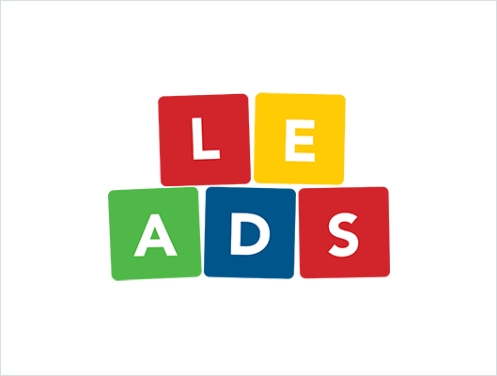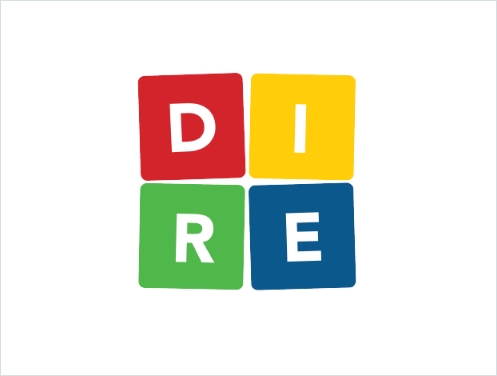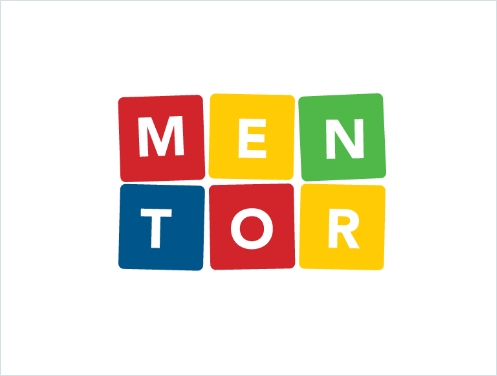WITS is a program created by educators for educators to help children prevent victimization, such as bullying, discrimination and lateral violence. The WITS program gives children aged 4 to 12 the tools to manage conflicts and empowers them to make safe, positive choices within their community.
WITS is an acronym based on these four strategies:
Walk away
Ignore
Talk it out
Seek help
WITS provides students, their teachers, parents and caregivers, and community leaders with a common language to discuss conflict & peer victimization. Children proudly exclaim “I use my WITS” as they engage in positive, pro-social behaviours. Proven to be effective and flexible to implement, WITS fits easily with other school routines.
How it works in schools:
To implement WITS, schools subscribe and access online training, and order Classroom Modules and a Core Module for the school. Classroom items are distributed to students and used in classes. The Core Module contains elements for common areas and 15 books (WITS is literacy-based, using stories that align with WITS strategies and SEL themes). Conduct WITS school assemblies, utilize tools provided for engaging families, and provide students with reminders to use the WITS strategies to manage conflict and victimization. Educators can access over 50 lesson plans that correspond to WITS Pick books… Our classroom Implementation Guidelines (available in each Module) explain all of this and more. For more details on program elements, see the Subscription page.
WITS has been started in over 1500 schools worldwide. To deliver WITS, Subscribe your school and purchase a Core Module and Classroom Modules for each classroom. To set up a live video call or for more information, contact info@witsprogram.ca.
Educators have told us
“Kids reach all these outcomes, not just social responsibility outcomes. Because it’s literature-based they’re addressing all these other outcomes as well.”
“It’s not a huge undertaking; not an addition to what we already have to do when we feel overwhelmed and have to do all this curriculum stuff… it fits right in.”
“I think that the teachers buy in to it, in that we really like the common language so that everybody knows what the question is: “Have you used your WITS?” The kids all know what that means. The teachers know what that means. The parents even have quoted to me, “Well, he used his WITS today” and so on.”
One school’s experience CBC News story In 2012, this school in Little Pine First Nation, Saskatchewan was having concerns, so turned to WITS.
What students say about WITS… see ‘What kids say about WITS‘ , a 4 minute video featuring kids in public, middle and high schools.
It’s a very natural fit for me to incorporate WITS into other things we are doing. It’s very useful to use daily in our classroom.





